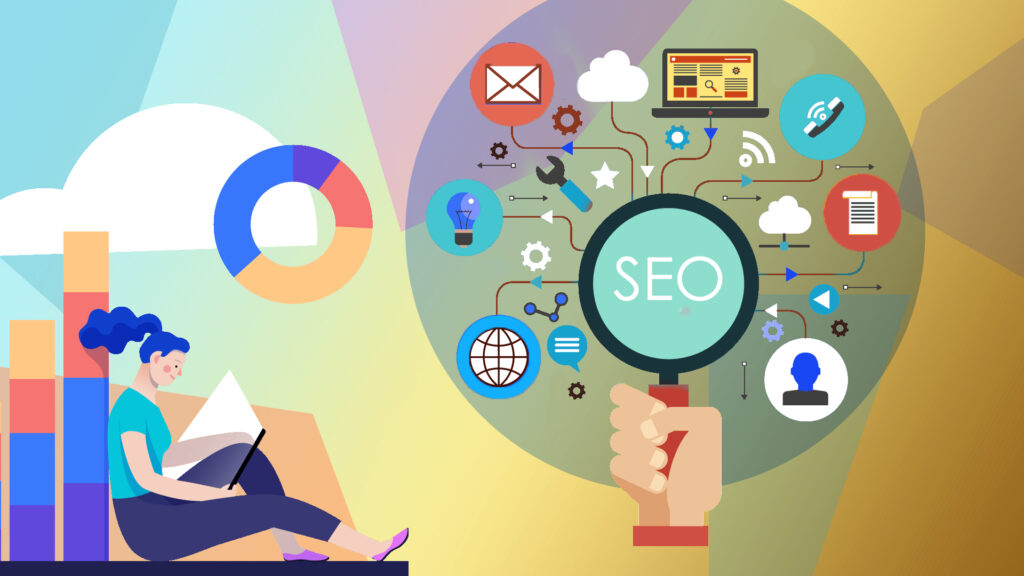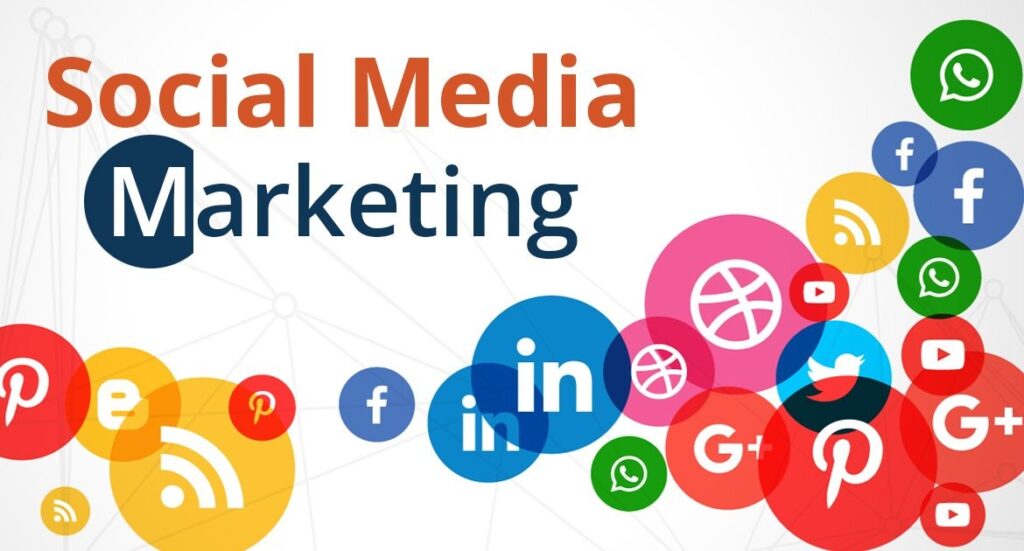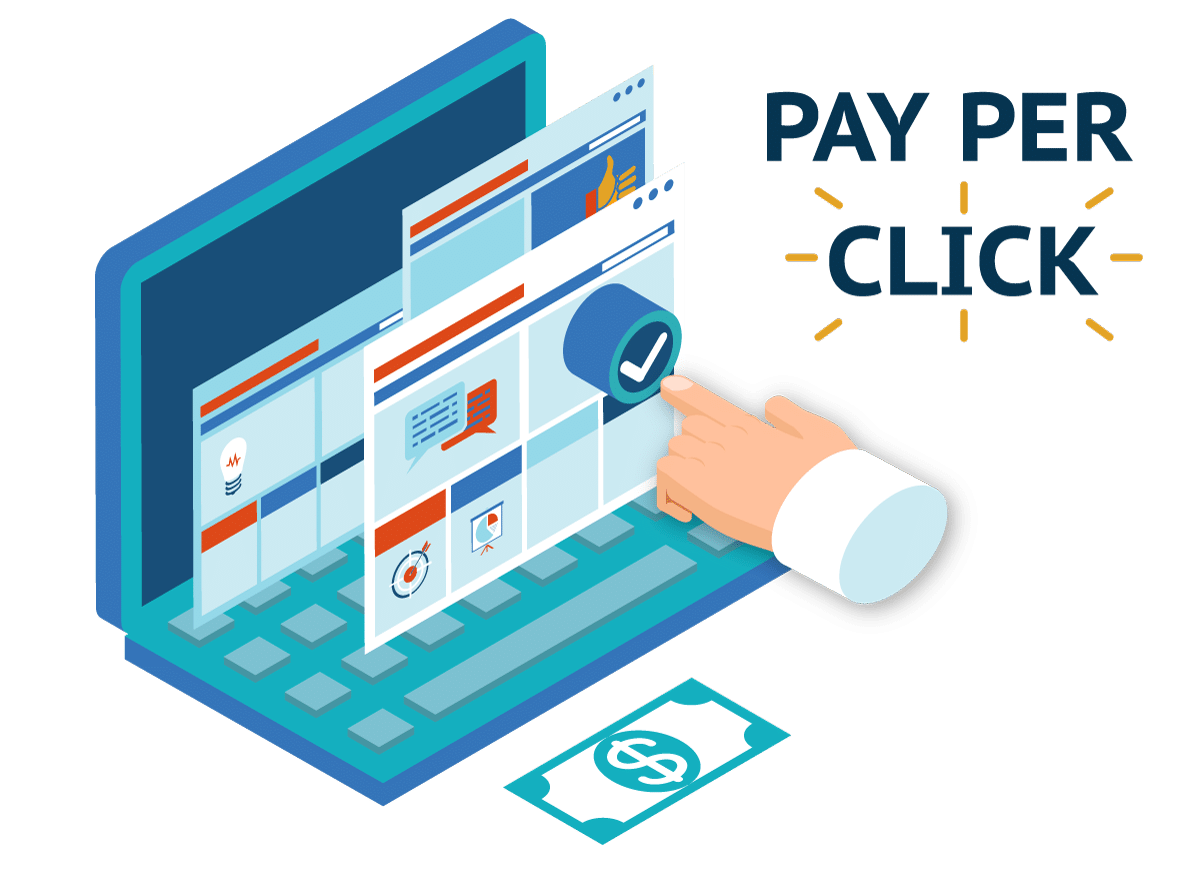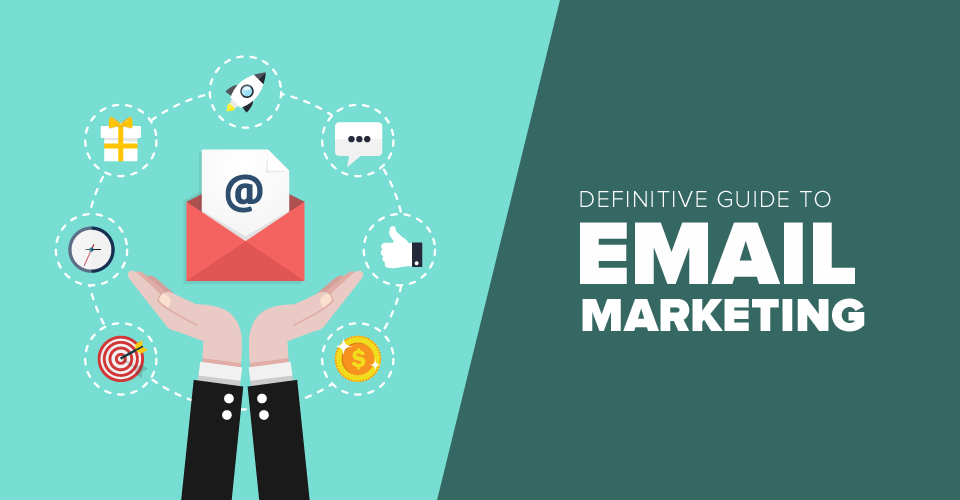SEO (SEARCH ENGINE OPTIMIZATION)
Search Engine Optimization (SEO) involves optimizing a website or content to improve its visibility on search engines like Google. The goal is to increase organic (non-paid) traffic by enhancing various elements such as keywords, meta tags, and backlinks. SEO encompasses both on-page factors, like content quality and site structure, and off-page factors, like link-building and social signals. Effective SEO improves a site’s ranking in search results, making it easier for users to find and engage with the content, leading to higher traffic, better user experience, and increased conversion potential.
- On-Page SEO
- OFF-Page SEO
- Keyword Optimization
- Backlinks
- Page Speed
- On-page optimization







